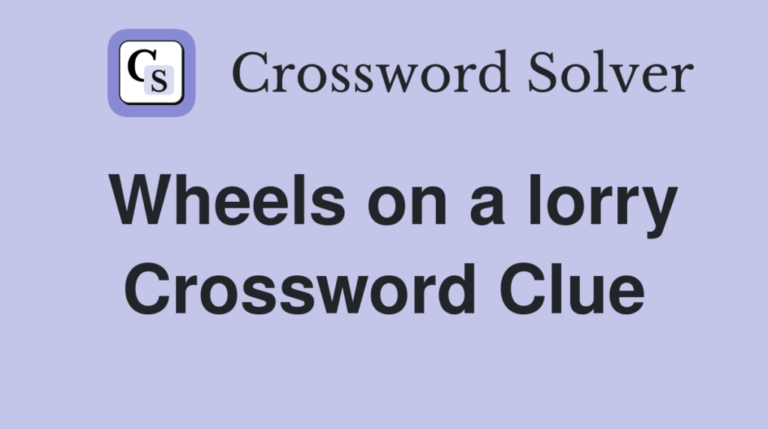When we think about early life nursery rhymes and timeless songs, a lot of us take into account the simple, repetitive tunes that have been handed down through generations. One such conventional is “Wheels on the Bus,” a melody that has charmed youngsters for decades with its catchy lyrics and attractive movements. But what happens while this beloved music is reimagined inside the context of current media? Enter “Wheels on a Lorry,” a clean take that recently caught the eye of The New York Times. This blog post explores how this acquainted track has been transformed for cutting-edge audiences, its reception inside the media, and the wider implications of such variations.
The Classic Tune Reimagined
The conventional “Wheels on the Bus” music is known for its repetitive shape and interactive verses, making it a fave among younger children and educators. Its simple melody and attractive lyrics, like “The wheels on the bus cross spherical and round,” have been staples in early formative years training and leisure.
However, “Wheels on a Lorry” takes this conventional music and adapts it with a cutting-edge twist. The term “lorry,” generally used in British English to refer to a truck, suggests that this new version may additionally include factors related to transportation or logistics, potentially appealing to a broader or distinct target market. The reimagined model may want to introduce cutting-edge topics, updated lyrics, or new musical preparations that reflect contemporary tendencies and hobbies.
The New York Times Feature
The New York Times, famend for its thorough insurance of cultural and enjoyment news, currently highlighted “Wheels on a Lorry” in its features. The coverage of this adaptation brings attention to the evolving nature of classic songs and their capability to conform to trendy tastes.
This function possibly delves into numerous aspects of the new edition:
Creative Adaptations: The article might also discover how “Wheels on a Lorry” diverges from the authentic tune. This could consist of adjustments in lyrics to reflect current-day eventualities or the incorporation of new musical styles that resonate with current audiences.
Cultural Relevance: The New York Times might study how the version aligns with modern-day societal issues or hobbies. For instance, if the new version of the music carries themes associated with technology, environmental worries, or modern urban life, it displays how traditional content can be made applicable in modern day context.
Reception and Impact: The feature can also encompass responses from critics, educators, and the public concerning the adaptation. How nicely has “Wheels on a Lorry” been acquired as compared to its predecessor? Has it sparked new conversations or interests amongst one-of-a-kind age organizations?
The Broader Implications of Adaptations
Adapting conventional tunes like “Wheels on the Bus” into modern variations including “Wheels on a Lorry” has numerous broader implications:
Cultural Evolution: This model demonstrates how cultural artifacts can evolve over time. By updating conventional songs, creators can bridge generational gaps and introduce timeless content to new audiences in a applicable and tasty manner.
Educational Value: For educators and dad and mom, cutting-edge diversifications of traditional songs can be precious tools for coaching. They can function a manner to connect to children on a cultural degree, incorporating familiar melodies while introducing new concepts and values.
Entertainment Industry Trends: The model fashion reflects a broader movement within the amusement industry where nostalgia meets innovation. This mixture of vintage and new can cause thrilling innovative effects and renewed hobby in hooked up content.
Marketability and Engagement: From a industrial angle, reimagining traditional tunes can enhance marketability. New versions can entice numerous audiences, along with folks who may not were engaged via the unique content material. This approach can result in accelerated sales, streaming numbers, and basic engagement.
Conclusion
The transformation of “Wheels on the Bus” into “Wheels on a Lorry” represents greater than just a musical replace; it indicates a dynamic interaction among lifestyle and modernity. By analyzing how this adaptation has been featured in The New York Times, we gain perception into the ways wherein traditional content material may be revitalized to resonate with modern audiences. Whether thru innovative lyrics, current topics, or updated musical styles, such variations spotlight the enduring relevance of beloved tunes and their capability to evolve with the times.


